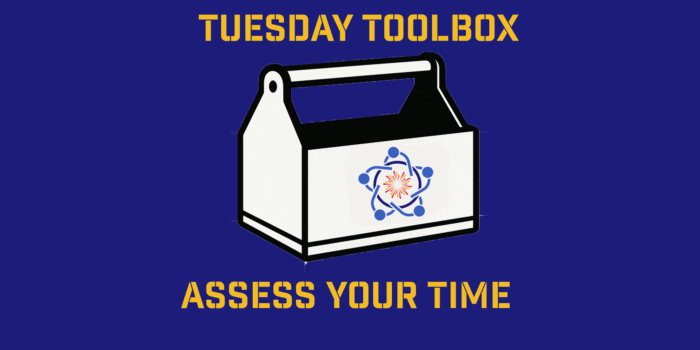Been seeing a lot about “stay” interviews. It’s one of 3 suggestions to keep good folks in this CEO World article.
The “Great Resignation” is a signal that the balance of power is shifting toward employees, and the pendulum won’t be swinging back any time soon. Americans are increasingly prioritizing personal happiness and the search for purposeful work over jobs that simply pay the bills. As a result, employers like you must adapt to survive.
Job openings were at a record high in 2021. This trend started in 2019, but it persists into 2022. In the wake of the pandemic and the accompanying shift to remote work, many employees have experienced newfound freedom that they’d rather not give up. Now, employers around the country are hoping to lure them back to the office while scrambling to fill vacant positions and keep top talent from jumping ship.
If you hope to retain top talent — and attract the right candidates — you’ll have to ensure employees are happy and fulfilled in their current roles whether they’re remote or in the office. The best way to do that is through developing their strengths. Rather than focusing on eliminating weaknesses, find activities that challenge employees without draining them to create the right conditions for optimal performance and intrinsic satisfaction.
Strengths-based management is a proven approach to ensuring your employees grow along with your business, but it’s just one approach. With that in mind, here are three more tips for keeping your workforce intact during the ongoing workplace exodus:
- Take a personalized approach to employee engagement.
No matter your company’s overarching objective, your employees will have their own personal goals that are just as important to them. The only way you can identify these goals is by getting to know team members on a personal level. It takes time, but the upside is worth the investment.
Dr. Dan Harrison, founder and CEO of Harrison Assessments, explains that understanding employees as individuals allows you to align their goals with your own. “If you want to learn how to improve employee engagement, evaluate employees on an individual basis,” says Harrison. “One-size-fits-all solutions will only work for a percentage of your workforce. However, an individual approach will ensure workers have what they need to feel connected and important to your company as a whole.”By drawing a connection between what employees need and what your business hopes to achieve, you can make individuals feel seen and heard — and that’s invaluable to both employee satisfaction and performance. According to an O.C. Tanner survey, 37% of respondents believe recognition is the most effective mechanism for supporting employees. By understanding what matters most to each member of your team, you’re showing that you recognize and care about their personal development. - Provide transparent feedback.
Feedback is a gift that allows the recipient to leverage an outside perspective to identify their own strengths and weaknesses. Leaders who give transparent feedback can help their employees grow and promote a culture of effective communication. This approach has been deployed at some of the world’s most successful companies. (Netflix mentions feedback 11 times on its recruitment page.)
Leaders should help employees set clear goals and create conditions that allow them to achieve those goals. Visionary leaders don’t fear failure. If an employee does fall short of a target, they diagnose the problems, provide feedback on performance, and help identify new solutions. In the process, they keep employees fully engaged in the challenges at hand. In fact, 43% of employees who are highly engaged at work receive feedback at least once a week.
Elon Musk, product architect and CEO of Tesla, understands the power of feedback. “I think it’s very important to have a feedback loop, where you’re constantly thinking about what you’ve done and how you could be doing it better,” he says. “I think that’s the single best piece of advice: constantly think about how you could be doing things better and questioning yourself.” - Conduct stay interviews.
According to Work Institute’s “2020 Retention Report,” the vast majority of reasons employees cite for leaving a job are preventable. If you want to keep employees, you have to know what they’re thinking. And to know what they’re thinking, you must interview them. The tricky part is that this tool requires a critical skill that not all leaders have mastered: the art of listening.
Dick Finnegan, CEO of C-Suite Analytics, works with executives to refine their employee engagement approaches and their listening skills. “We find that a high percentage of workers are willing to be open, but only after their leader has been trained to ask the right questions, to listen to answers, to probe to learn more, and to take detailed notes,” he says. “When we train leaders, we say, ‘It’s not about you; it’s about them. The more you listen, probe to learn more, and write things down, the more they’re going to tell you.’”
These three tips will help you understand your employees and uncover what goals they want to accomplish. If you can eliminate sources of dissatisfaction for them and pave the way toward success, they’ll be more inclined to stick around and help you succeed, too.



